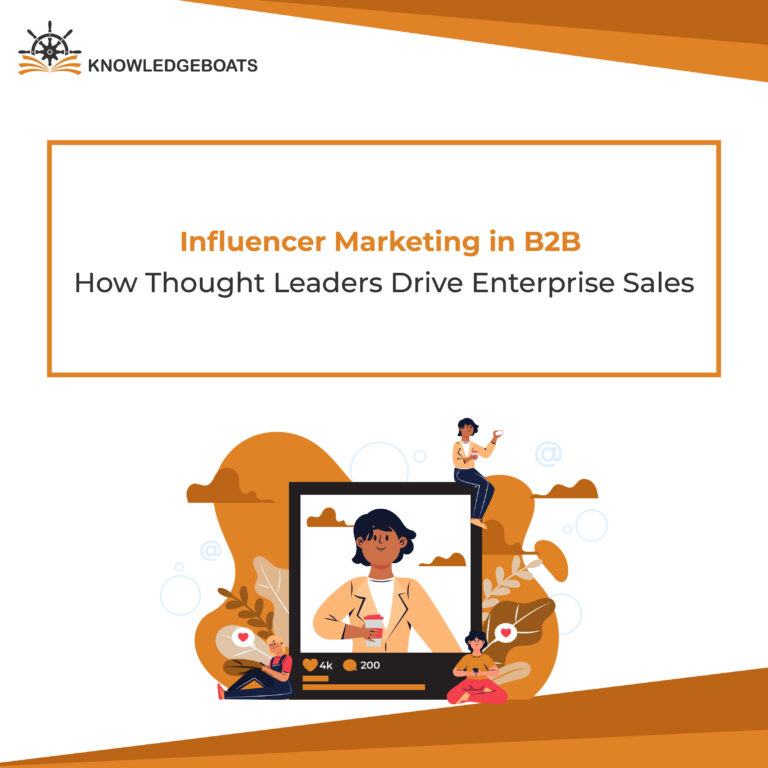
How many high-impact AI projects are currently stuck in a holding pattern on your roadmap?
That predictive lead scoring model that could reshape your funnel, the fraud detection system that could save millions. They all get built, tested, and then they hit the wall of compliance. Your data science team needs rich, granular customer data to make these models work, but your legal and security teams, rightly so, have it under lock and key.
For any of us working in regulated markets like finance, healthcare, or insurance, this isn’t just a technical problem. It’s a velocity problem. It’s a competitive disadvantage.
We’ve been told this is just the cost of doing business in a regulated space. But what if that’s no longer true? What if there’s a way to unlock that innovation without ever exposing a single byte of sensitive customer data?
This is where you need to be paying very close attention to synthetic data. It’s the strategic lever that breaks this stalemate for good.
This Isn’t “Fake” Data
The moment you hear “synthetic,” it’s easy to think of useless, randomly generated information. That’s not what we’re talking about.
This is high-quality synthetic data as a master forgery of a dataset’s behavior and not just its contents. It’s created by advanced generative models that study your real-world data and learn its statistical soul understanding every pattern, every correlation, every subtle nuance. Then, the model generates a brand-new dataset from scratch that is mathematically and structurally a mirror image of the original.
Here’s the critical distinction that makes the difference between synthetic data and real-world data so powerful: the synthetic version contains no real-world information. The chain back to the original individuals is broken, making it the gold standard for data privacy with synthetic data. It’s a level of security that simple anonymization can’t hope to match.
From Compliance Hurdle to Innovation Engine
For years, AI training in regulated sectors has been defined by compromise. The usage of incomplete or heavily redacted data slows down development and limiting the performance of our models.
Synthetic data in machine learning flips this on its head.
- In healthcare AI, this means you can generate thousands of statistically accurate patient profiles to train a diagnostic model without ever touching a real patient’s record. You get the data diversity you need, minus the months of HIPAA review.
- In finance AI, instead of navigating the labyrinth of data usage restrictions, you can create a synthetic transaction history to build and battle-test your fraud and credit risk models. This is what secure AI model training looks like in practice.
This is about reclaiming speed and agility in markets that desperately need it. It’s the definitive answer to why regulated industries need synthetic data.
The Real ROI is Beyond Compliance
Checking the compliance box is the obvious win, but the leaders who are truly leveraging this are seeing far bigger returns.
- Reclaim Your Innovation Cycle. The single biggest delay in AI development is data access. By giving your teams on-demand access to safe, high-fidelity synthetic data, you cut down project timelines from months to weeks. You enable rapid prototyping and iteration, which is how you win.
- Build Models for the Future. Your historical data has blind spots. It lacks examples of rare edge cases that novel fraud tactic that blindsides your current model, or that atypical market event. With synthetic data generation tools, you can intentionally create these scenarios to build more resilient, future-proof models. This is AI ethics and synthetic data in action, creating systems that are accurate, but robust and fair.
- Forge Safe & Smarter Partnerships. How do you collaborate with that cutting-edge fintech or analytics partner without sharing your crown jewels? You give them a synthetic dataset. It unlocks a world of co-innovation without the risk.
The Reality Check
The success of any project using synthetic data in AI model training hinges on one word: fidelity. The quality of the synthetic output has to be impeccable. If your synthetic data doesn’t perfectly capture the complexities of the source, your models will fail. “Garbage in, garbage out” is still the law of the land.
This is why successful implementation requires serious expertise and rigorous validation tools. It’s a sophisticated solution for a complex problem, and the teams that treat it as such are the ones seeing massive success.
What’s Your Next Move?
Look at your 2025 AI roadmap. Which of those high-impact projects is currently stalled, waiting on data?
The conversation around data privacy has forced a false choice upon us for too long: innovate or stay compliant. Synthetic data proves we can, and must, do both. It’s the foundation for responsible AI development and the key to unlocking the true potential of your data.
The teams that master this will build the next generation of intelligent, compliant, and revenue-driving applications. The rest will be left explaining why their best ideas are still on the back burner.



